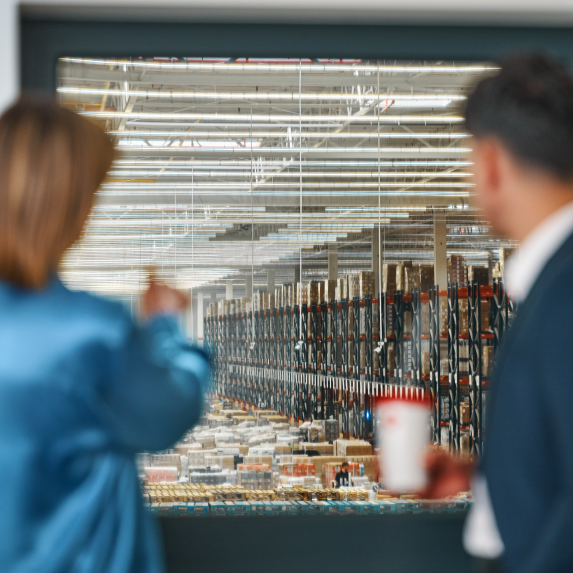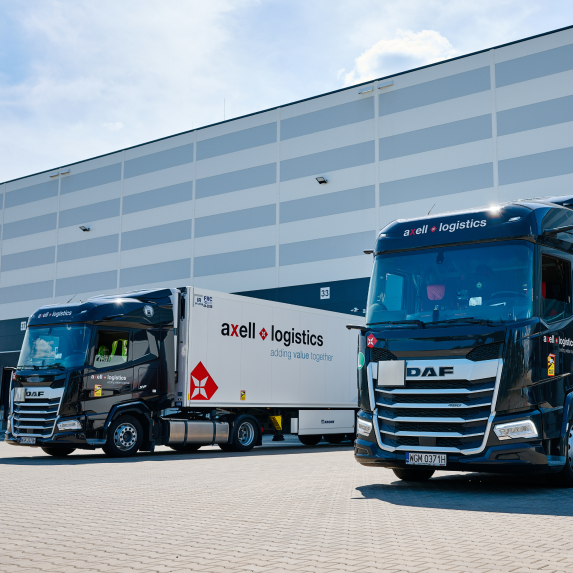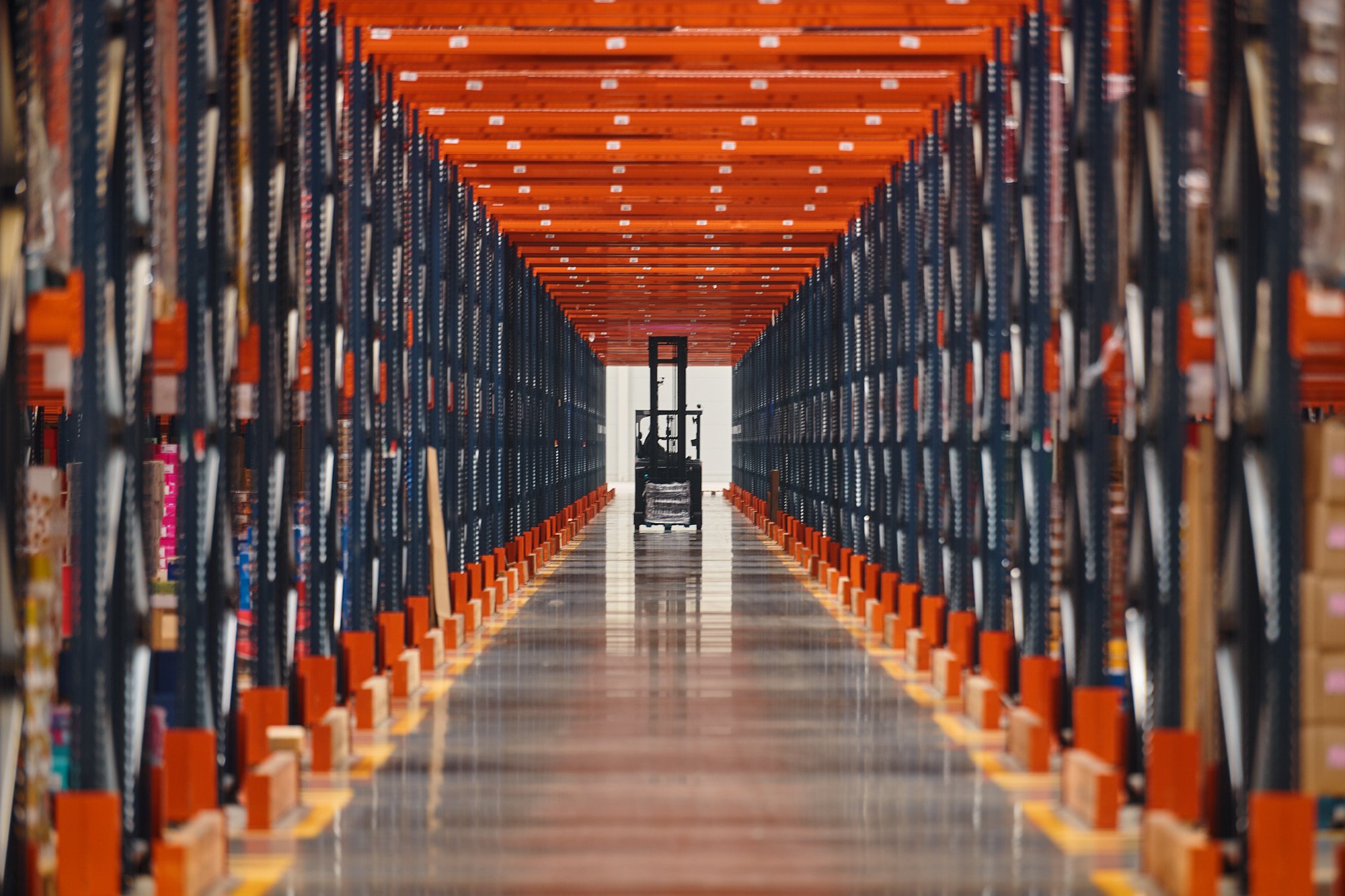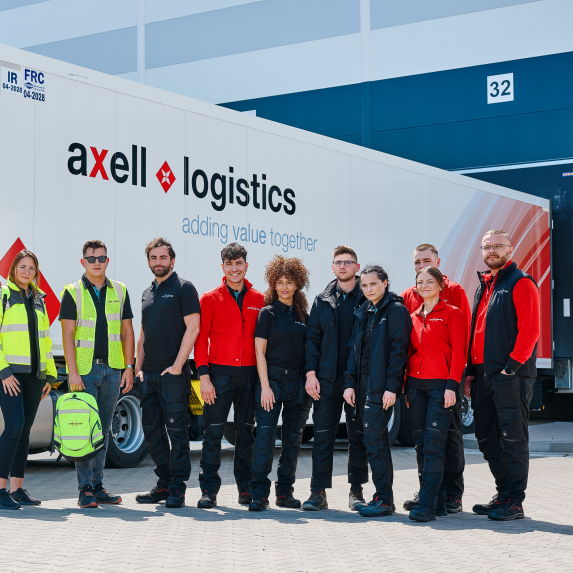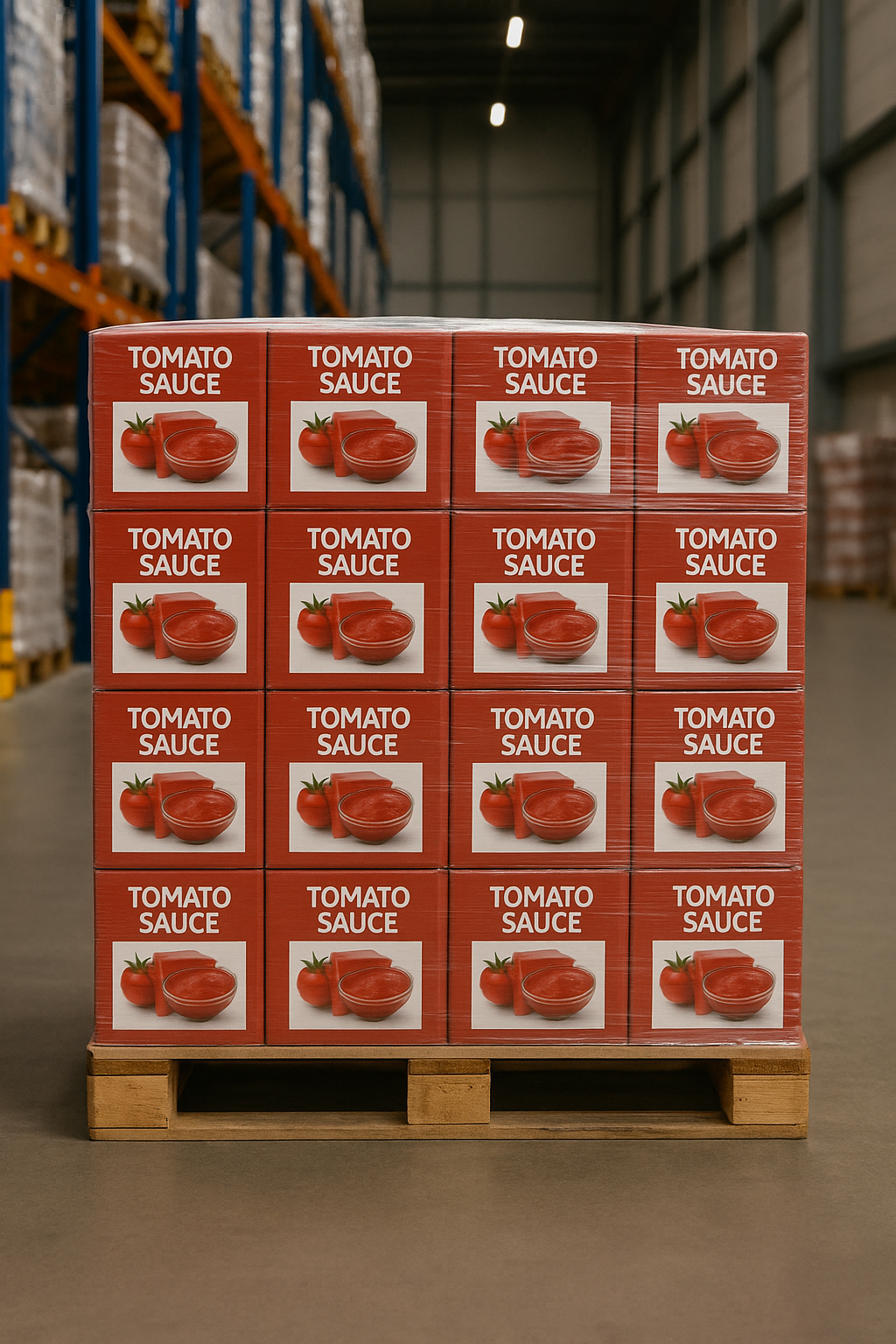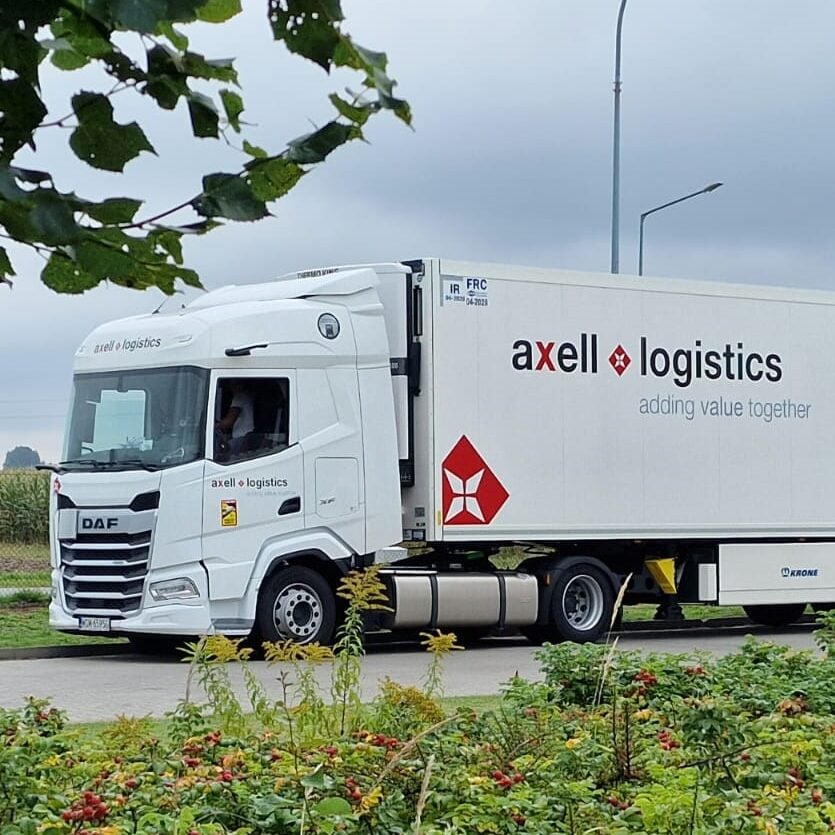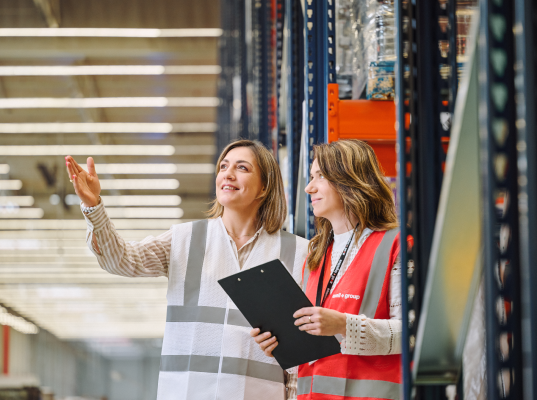In today’s business world, the term “Value Added Services” (VAS) is gaining traction, especially in logistics, a rapidly evolving sector constantly searching for ways to stand out. One way to do this is by offering additional services that bring real added value to the customer. In this article, we take a closer look at what VAS in logistics really means, their main advantages and challenges, and how they can enhance your supply chain.

What are Value Added Services (VAS) in logistics?
Value Added Services are additional services that logistics companies offer their clients, beyond standard transport and warehousing. Today’s market demands flexibility and the ability to adapt to individual customer needs. That’s why VAS have become not only a response to these needs but also a way to stand out from the competition. These services can include activities such as packing, labelling, product assembly, quality control, or returns management. In some cases, they may also involve specialist product storage or complex logistics processes. The main goal of these services is to add value to a product or service, which in turn translates into increased customer satisfaction and brand loyalty.
Advantages and disadvantages of using VAS
Using VAS brings many benefits to companies. Most importantly, they allow companies to tailor their offerings to individual customer needs, which in turn can contribute to increased sales and profits. VAS can also help companies stand out in a crowded market by offering more than just standard logistics services. Thanks to them, businesses have the opportunity to build deeper relationships with customers, which translates into long-term cooperation and market stability. Additionally, in the digital era, where the customer has access to a wide range of information, opinions and comparisons, VAS can become a key differentiating factor and help build a company’s reputation.
However, using VAS also comes with certain challenges. Introducing new services always requires some reorganization and employee training. Moreover, not all VAS may be suitable for every company, so it’s important to carefully consider which ones best match the company’s profile and the needs of its customers.
How can VAS increase the value of your supply chain?
In the e-commerce sector, VAS can include product personalization, engraving, or gift wrapping. For manufacturing companies, this may be assembly, quality control, or returns management. These services not only improve the quality of the final product but also minimize the risk of errors and complaints. In the food sector, VAS can include sorting, packing, or labelling of products. This ensures that products reach the customer in the correct form and with the right information, which in turn leads to a better shopping experience. Implementing VAS in the supply chain can be key to building a strong market position and gaining a competitive advantage.
To effectively implement VAS in the supply chain, companies should first thoroughly understand their customers’ needs and expectations. The next step is to choose the appropriate technologies and tools that will support the execution of these services. It is also important to provide adequate training and support for employees who will need to change how they perform their current tasks.
Summary
VAS in logistics are a powerful tool that can help companies stand out in the market and increase the value of their supply chains. However, successful implementation requires careful planning, investment, and commitment from the company. If you’re looking for support in this area, get in touch with us. We offer comprehensive logistics services for various industries. Don’t know where to start? Want to understand the difference between FTL and LTL or explore our full range of services? We’re here to help. We’re happy to answer your questions and help you choose the right solutions.



